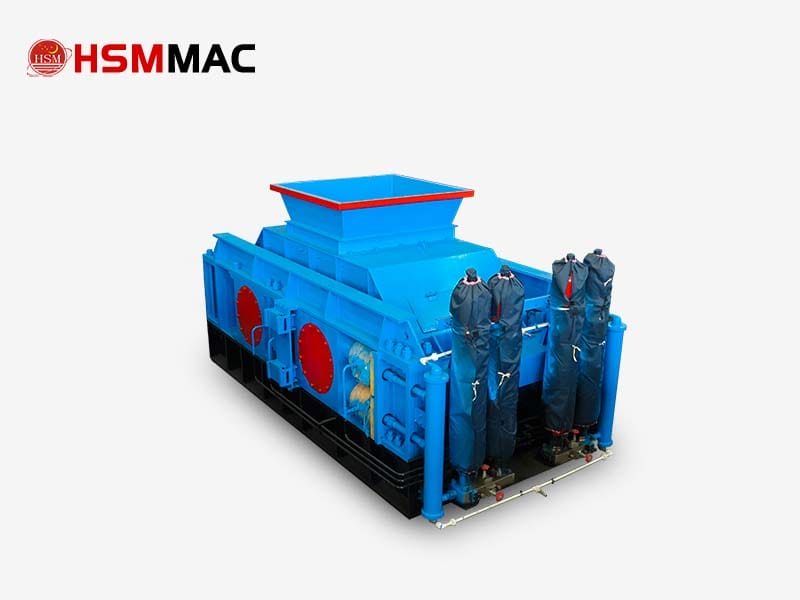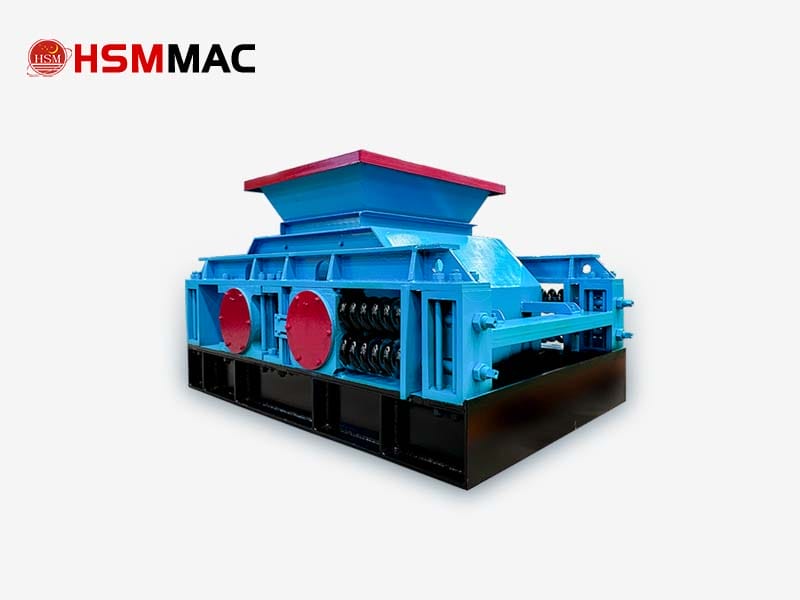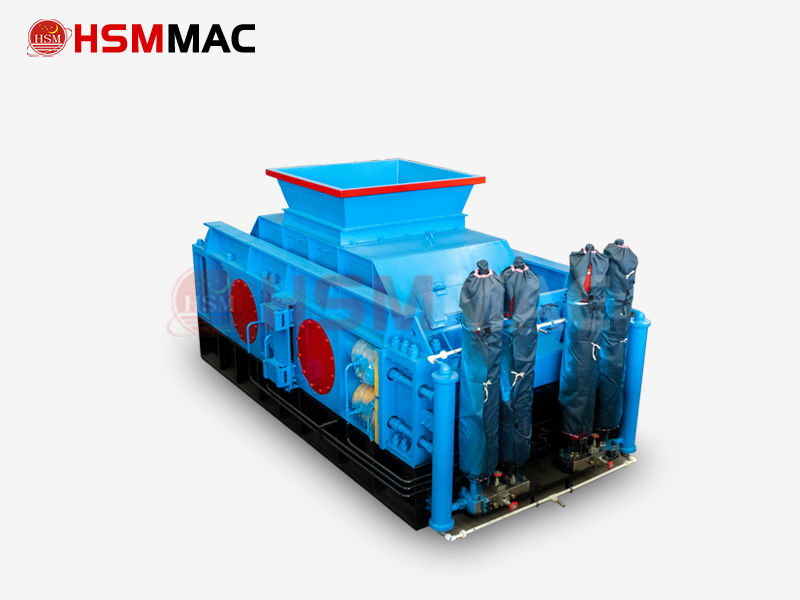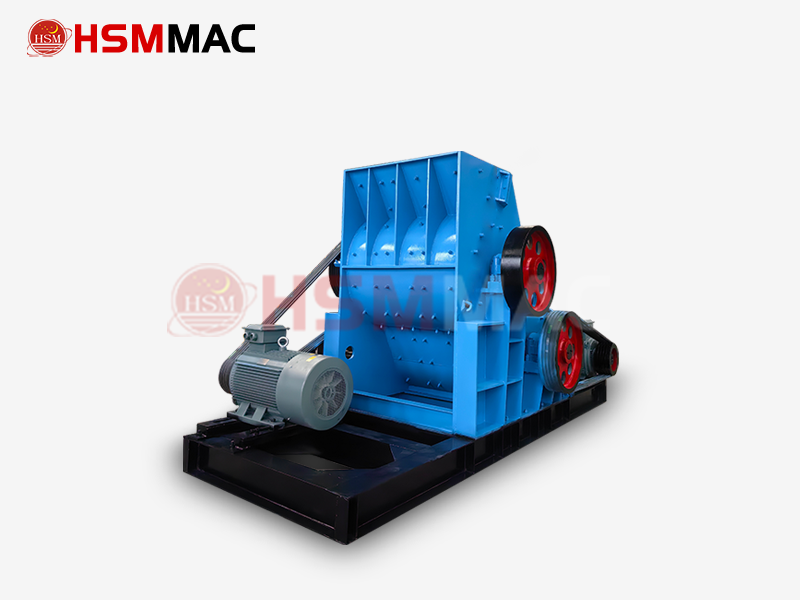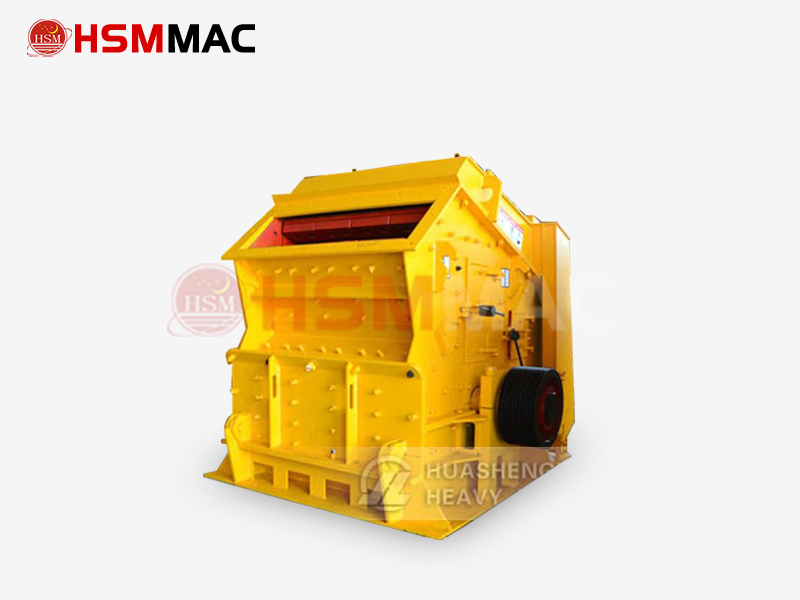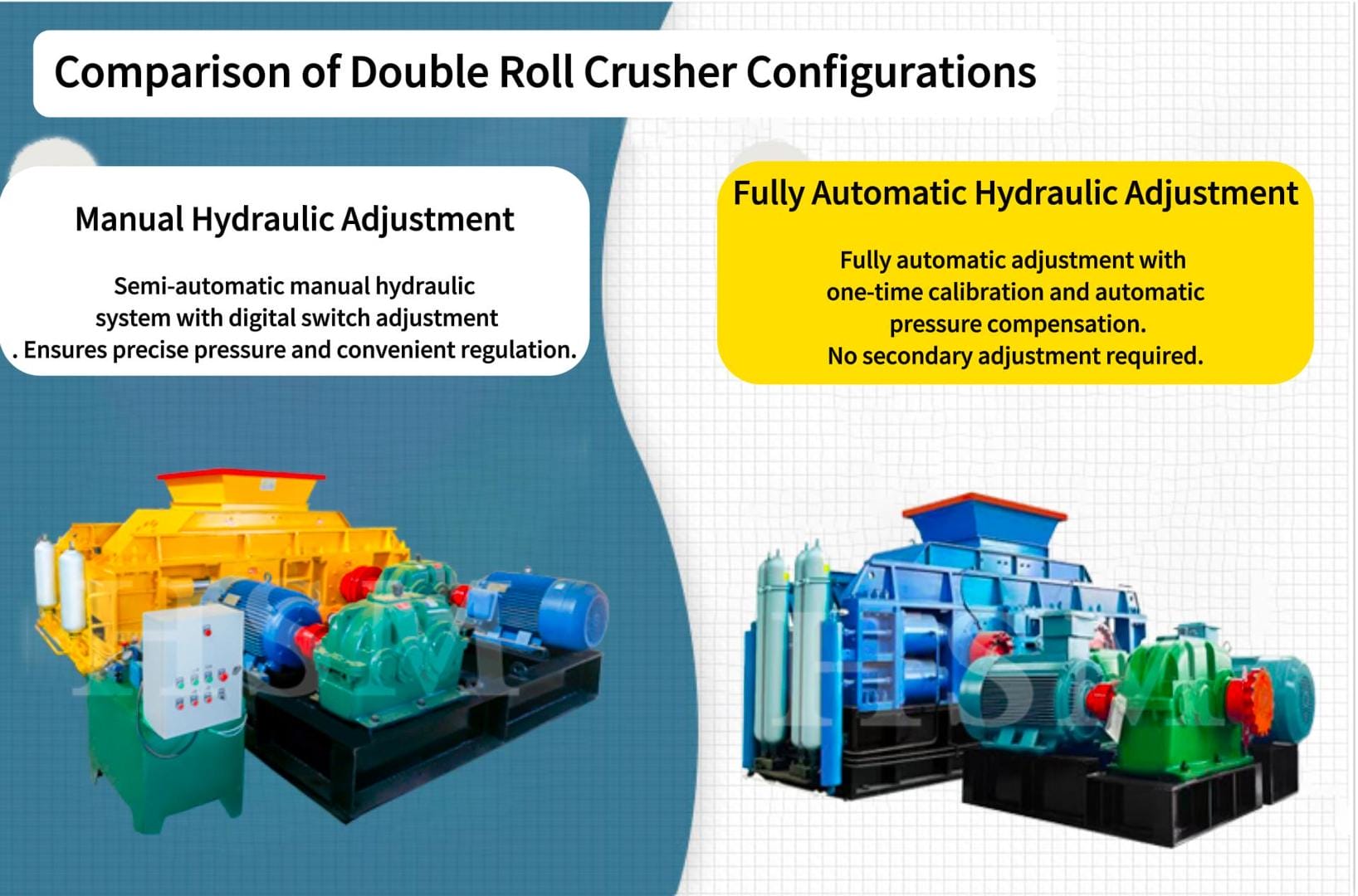Roller sand making machine needs to adapt to the differences by adjusting equipment parameters, optimising roll surface design and matching crushing strategies when dealing with rocks of different hardness and nature. The following is an analysis of processing differences for common rock types, combining technical principles and production practice:
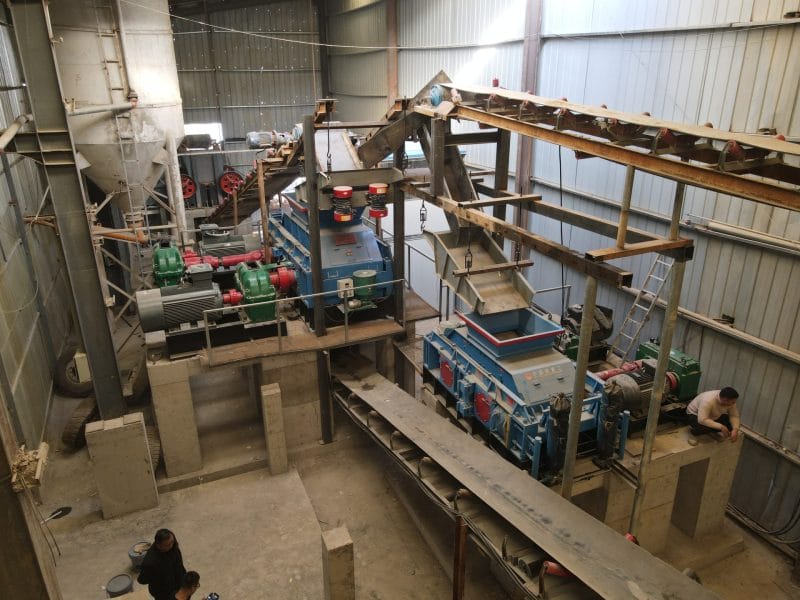
Differences in rock hardness dislike the impact of roll sand making machine
High hardness rocks (granite, basalt, Mohs hardness 6-7)
Roll surface design: Wear-resistant material (high-chromium alloy HRC62 + tungsten carbide coating), rolls with skins of 20 cm or more, wear rate controlled to less than 0.1 mm/kiloton.
Crushing pressure: The hydraulic system pressure should be adjusted to 150-200MPa to provide enough squeezing pressure to crush hard rock.
Particle size control: Fine particle size down to 0-5 mm, real-time correction of roll gap.
Low to medium hardness rock (limestone, dolomite, Mohs hardness 3-4)
Roll surface design: ordinary alloy steel roll skin can meet the demand, low wear rate (about 0.05mm/kiloton).
Crushing pressure: Hydraulic pressure is reduced to 50-100MPa to avoid producing powder.
Particle size control: wider range of discharge particle size (0-40mm), high flexibility of adjustment.
Adaptation of roll surface structure and crushing method
Rock type roll surface design crushing principle special configuration high hardness rock smooth roll (smooth surface) pure extrusion crushing. Reduce roll surface wear hydraulic overload protection + automatic backing system medium hardness rock corrugated/shallow toothed roll surface extrusion + shear. Enhance the crushing efficiency scraper anti-adhesion device (anti-wet material sticking to the rolls) viscous/soft rock (shale, gangue) deep toothed roll or grooved roll surface to enhance the shear force. To prevent the material from sticking to the high-frequency vibration Roll cleaning device










